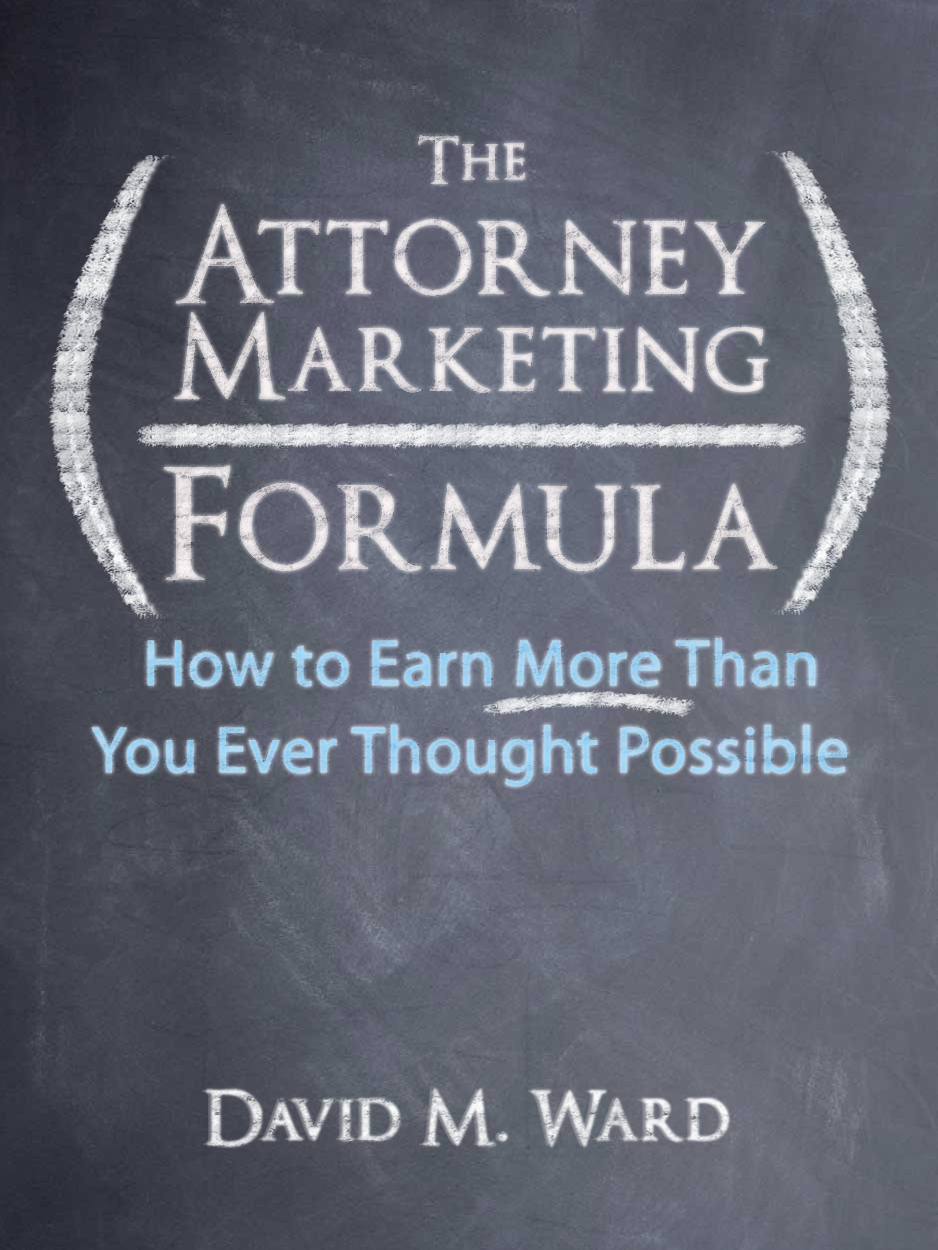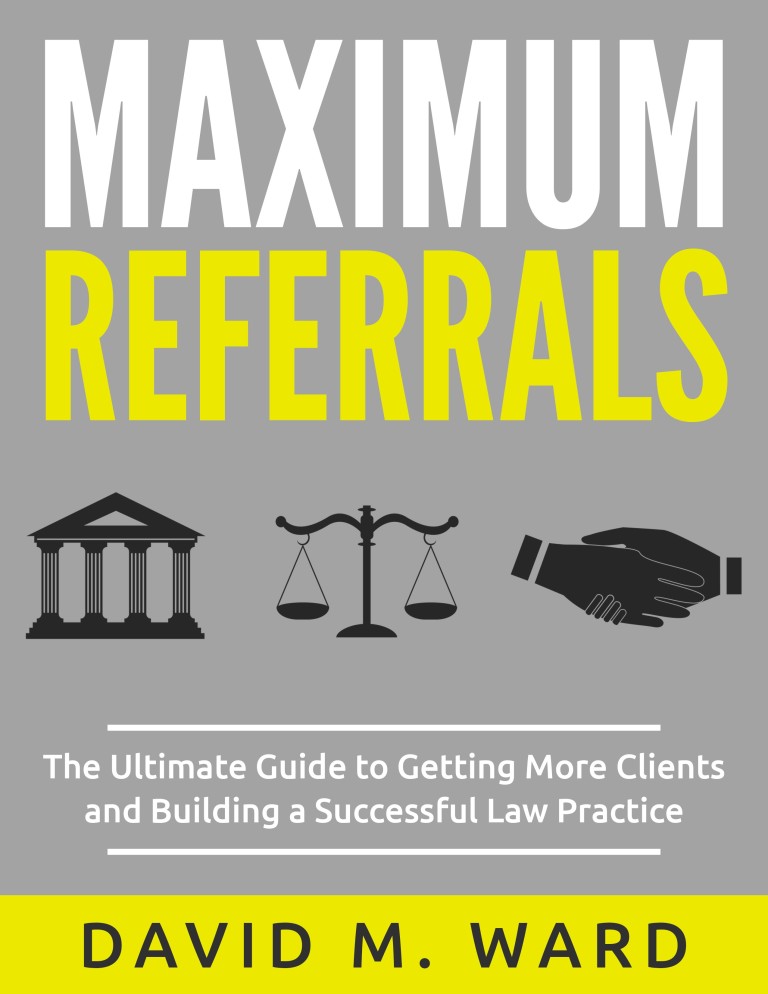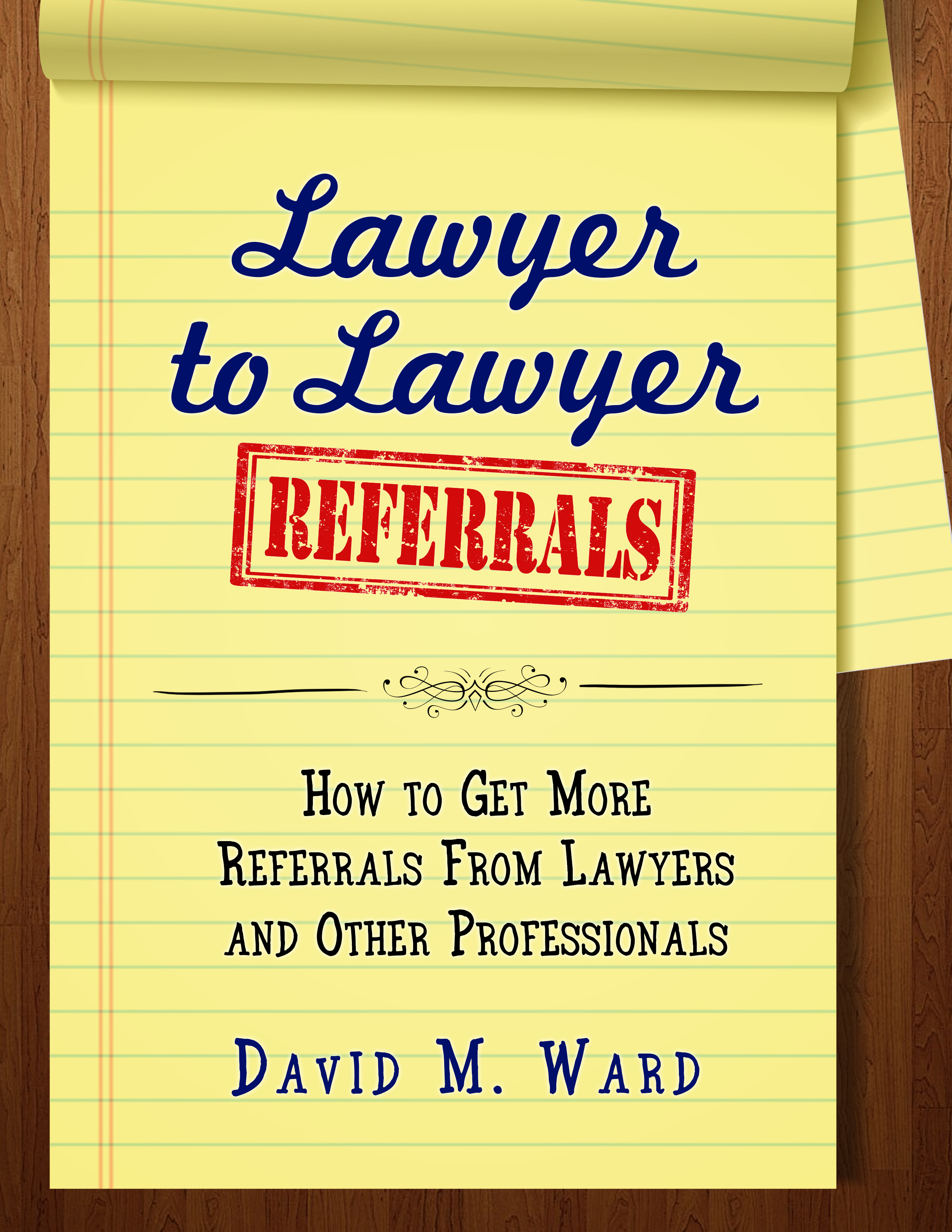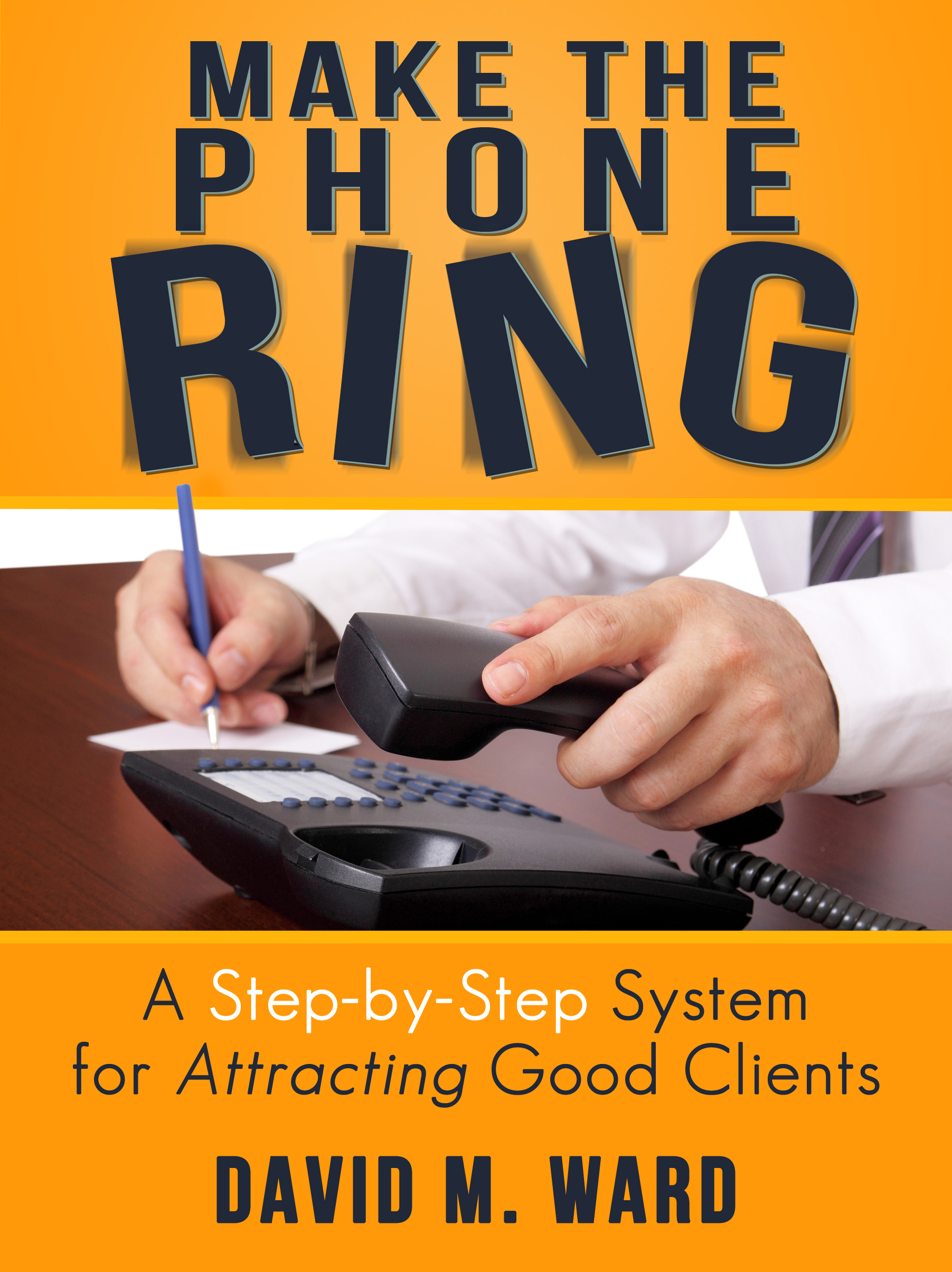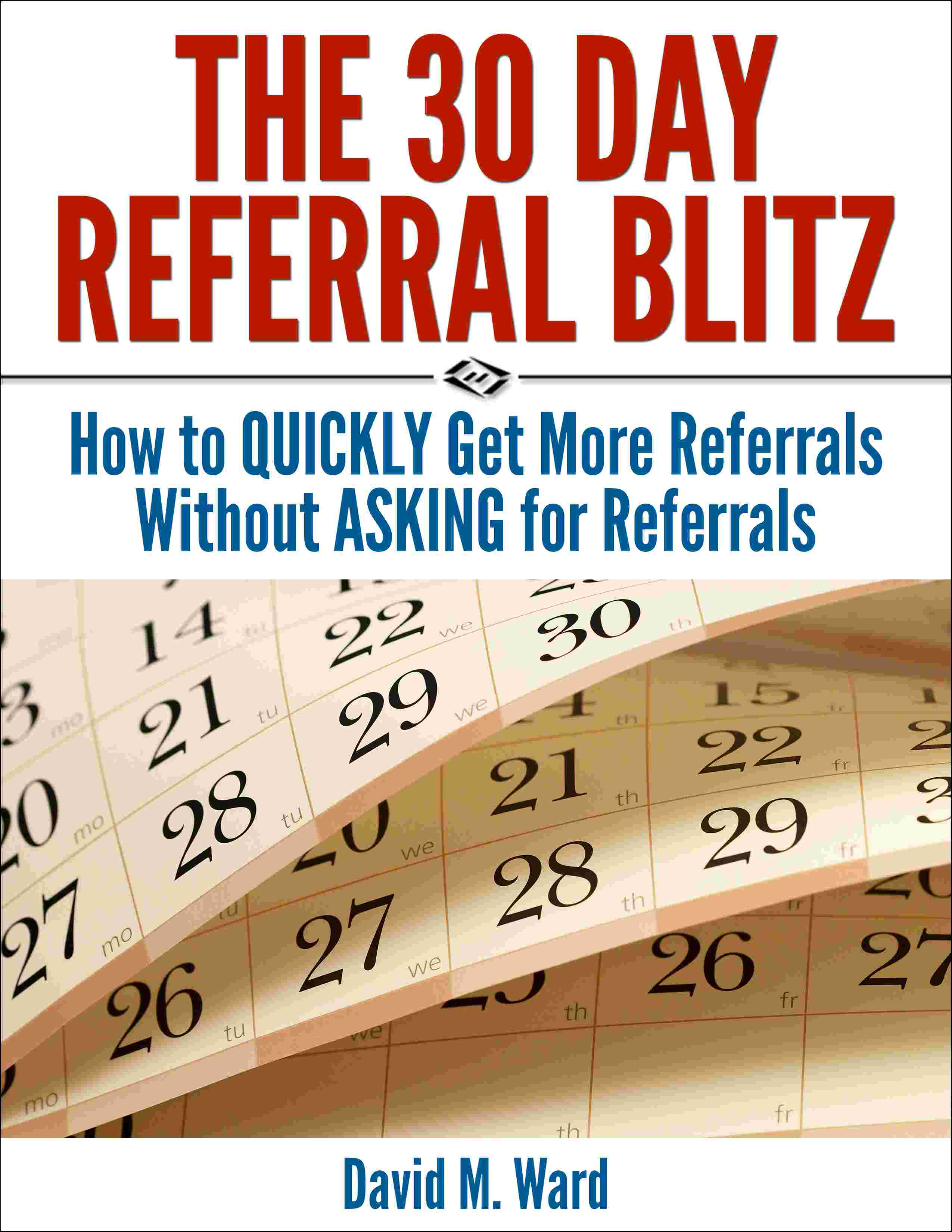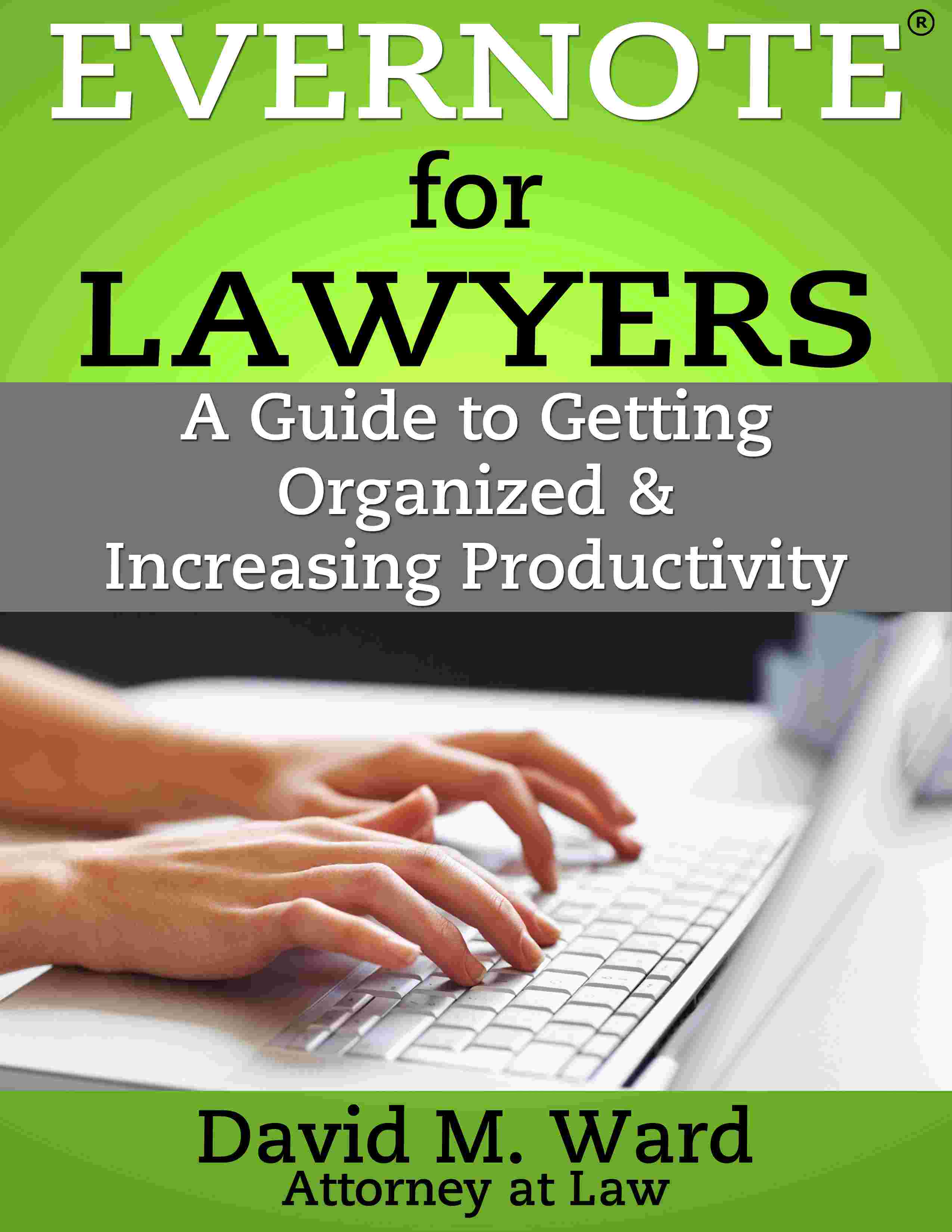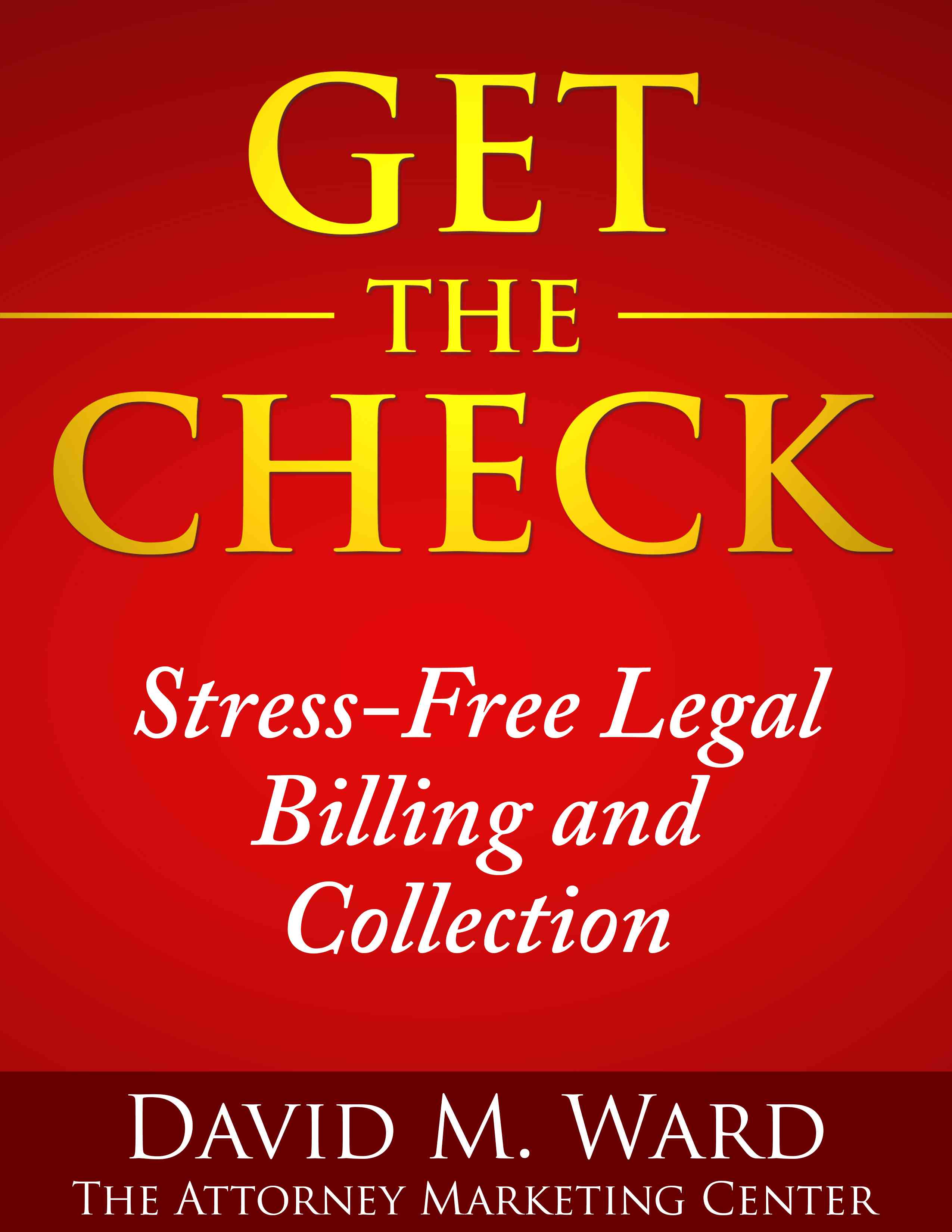Know, like, trust. Key components for building relationships. A well-known process for creating clients out of strangers, based on the premise that “all things being equal, clients tend to hire the attorney they know, like, and trust”.
So, job one is getting people to know you. Because they can’t like or trust you before that.
But that’s not entirely true.
While they can’t “know, like, and trust” you before they meet you, to some extent, they can know, like, and trust you by reputation.
Which is why you want to get your name and story in front of them, as often as possible.
When prospective clients are familiar with your name and reputation, it invokes the “mere-exposure effect,” a psychological phenomenon (cognitive bias) characterized by people preferring things (people, objects, concepts) with which they are familiar.
And that, bucko, is why I repeatedly tell you to make lists and stay in touch with the people on those lists.
The more often they hear from you, the more familiar you become, and the more likely it is that they will prefer you.
It’s better if you write about things that are important to them, or things they find interesting or helpful. But not nearly as important as continually getting something into their inbox.
So don’t worry about your “open rate”.
When they see your name each week, they are continually reminded that you still exist and are still available to help them (or people they know). And that happens even if they don’t open and read your message.
Because of this, if and when they need your help, they will find your email, get your contact information, and contact you.
I love it when a plan comes together, don’t you?
Email is the simplest way to stay in touch with your lists

